Education & Resources
Air quality is known and valued to ensure clean, healthy air for today and tomorrow.
Keep Up To Date with the latest News & Data.
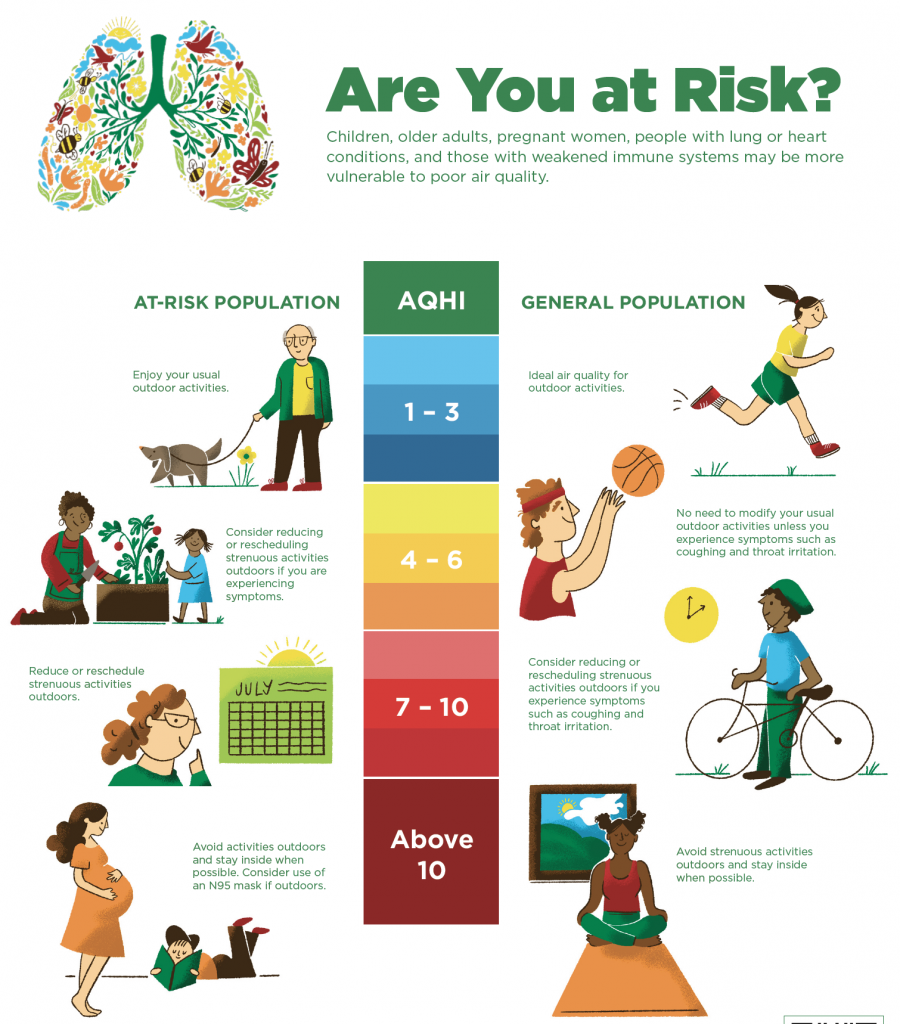
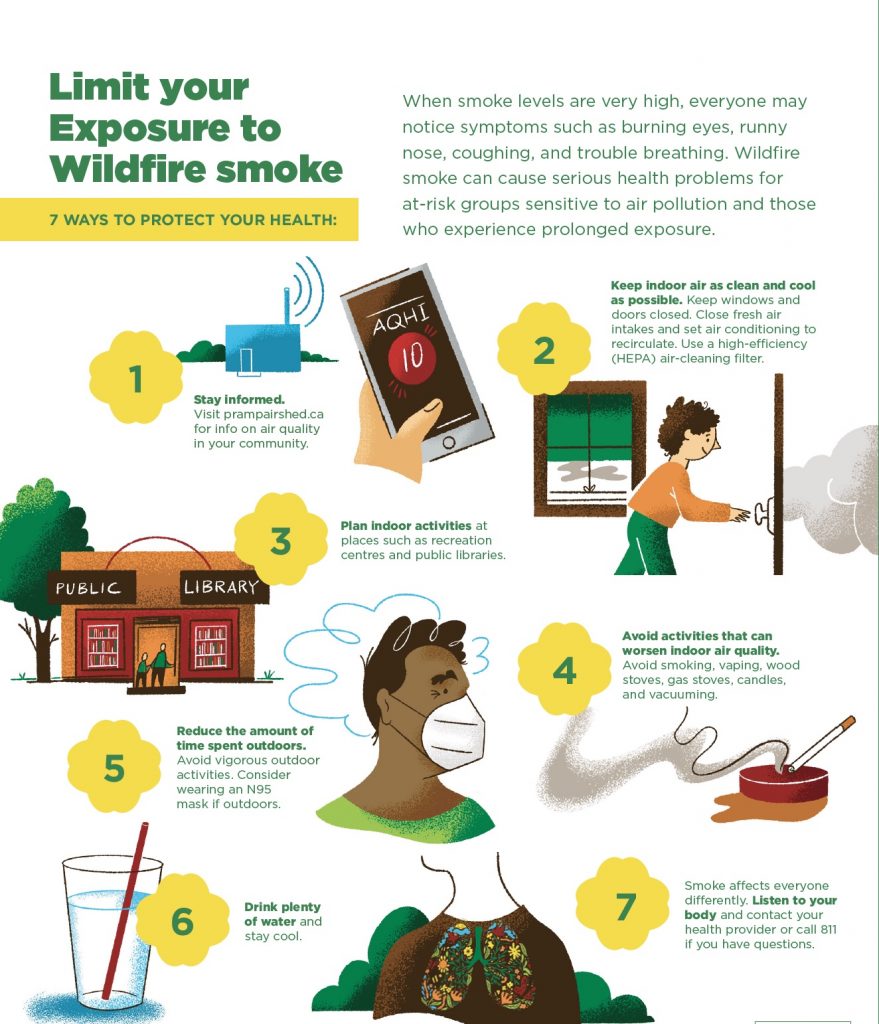
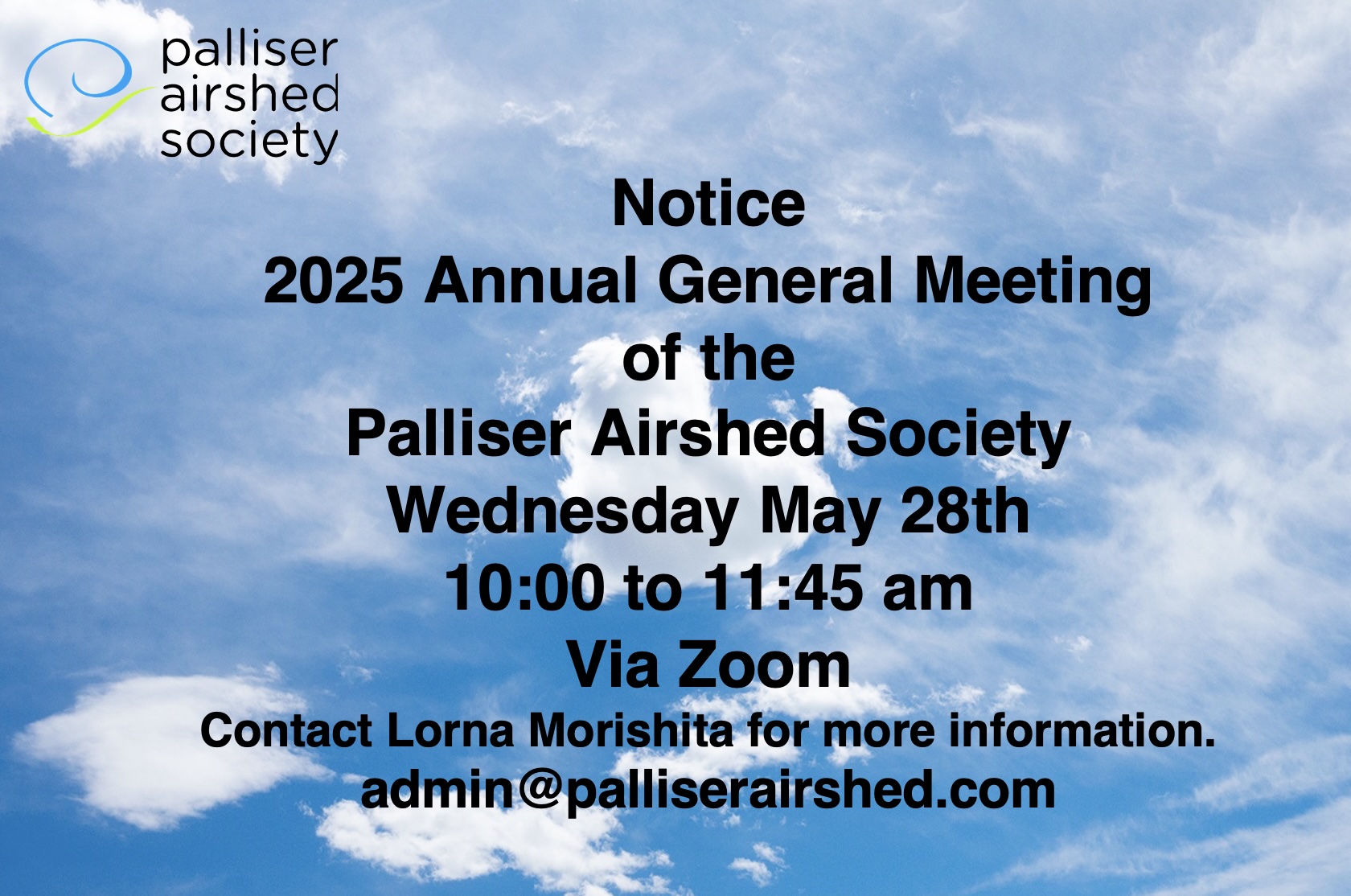
Purple Air Network Expansion September 2023 Welcome Prairie Rose School Division- Foremost, Jenner, Irvine, and Ralston Schools
PurpleAir sensors measure airborne particulate matter (PM): dust, smoke, and tiny bits of other materials. These inexpensive devices use a laser beam to count the number and size of particles as they pass through a sampling chamber. The result is expressed on a scale of 0 (low) to 500 (high) to describe the average concentration of particles small enough to affect human health (2.5 μm or less).
PurpleAir sensors are used in many countries in a variety of “citizen science” and educational projects. In the spring of 2022 PAS purchased and installed three sensors. In addition Environment and Climate Change Canada (ECCC) donated 19 sensors which PAS has installed in communities across our Airshed.
Here is a complete list of PAS communities hosting PurpleAir sensors: Acadia Valley, Bassano, Bow Island, Brooks, Consort, Duchess, Foremost, Empress, Hanna, Irvine, Jenner, Medicine Hat (Crescent Heights and Desert Blume Golf Course), Milk River, Oyen, Ralston, Raymond, Redcliff, Stirling, Vauxhall, Warner, Youngstown.
PAS would also like recognize Alberta Parks and ECCC for the sensor installed at Cypress Hills Provincial Park.
PAS would like to continue to expand our network of PurpleAir sensors in southeastern Alberta. If your school or community organization is interested in this project, please contact us.
PM2.5 data is not, by itself, an adequate measure of air quality. In Alberta, measurements of three air components are combined into a single number – the Air Quality Health Index (AQHI). The AQHI represents the overall impact of air quality on human health by a scale from 1 (good) to 10+(most harmful).0
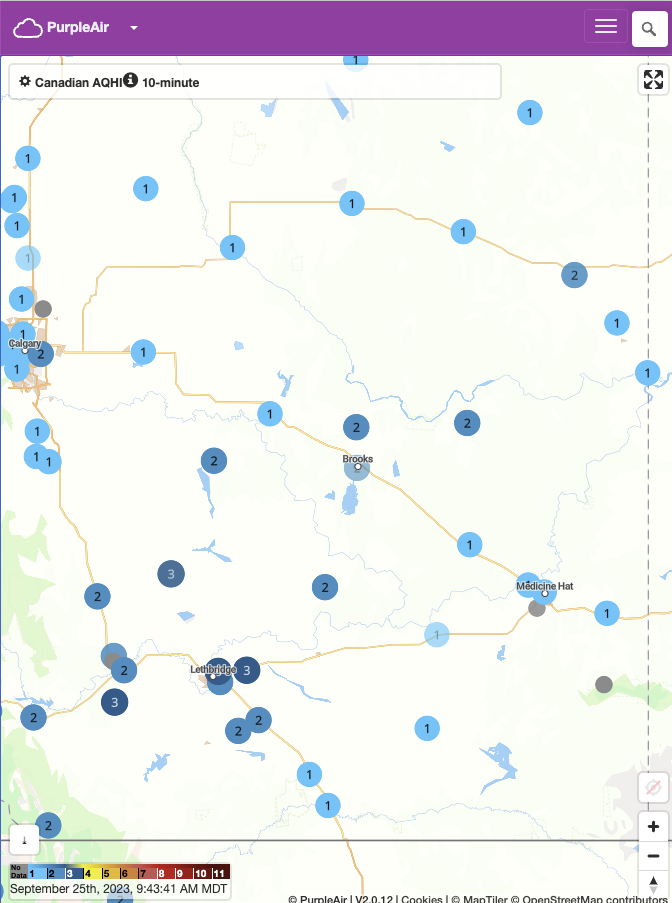
Alberta Airsheds Council Air Quality Report
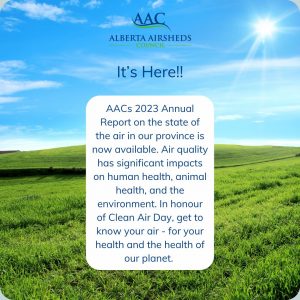
Condition of the Environment-Air
Alberta Environment and Parks have released new publications on Air Quality
New Mailing Address
Palliser Airshed Society
PO Box 23121
Medicine Hat AB
T1B 4C7
TABER AIRPOINTER MONITORING STATION
On June 3, 2021 Palliser Aished Society completed the installation of our airpointer monitor at the Taber Irrigation District Yard in Taber, Alberta.
Thanks so much to the Taber Irrigation Disctrict and it’s employees and to our Members for making this possible.
The monitor will remain in Taber for the next 18-24 months and provide real-time AQHI to the area.
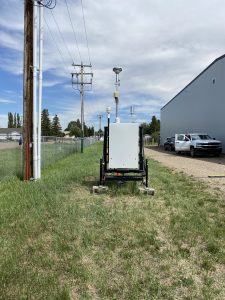
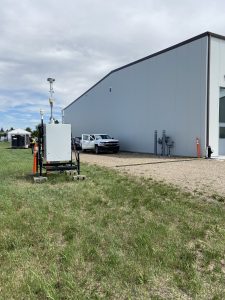
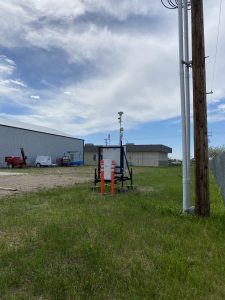
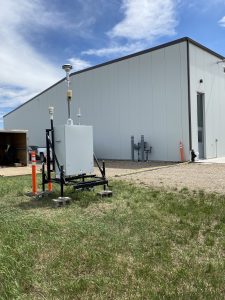
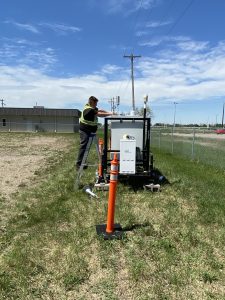
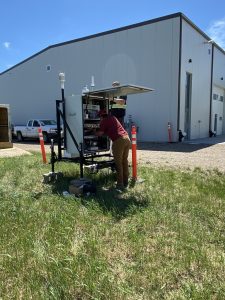
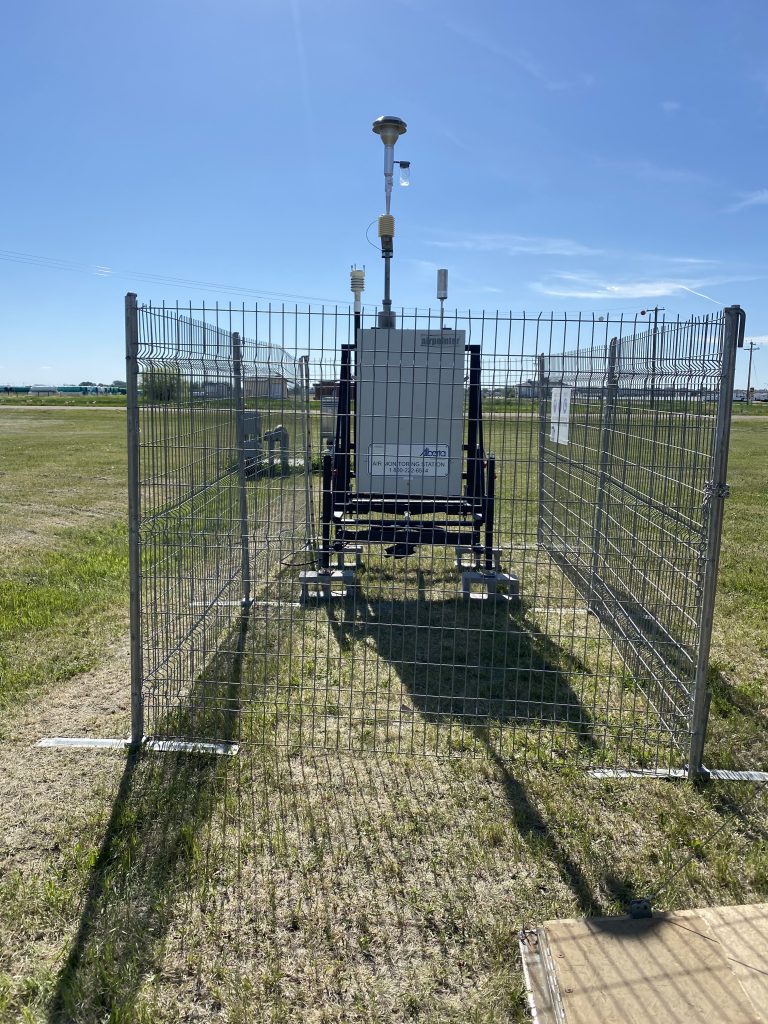
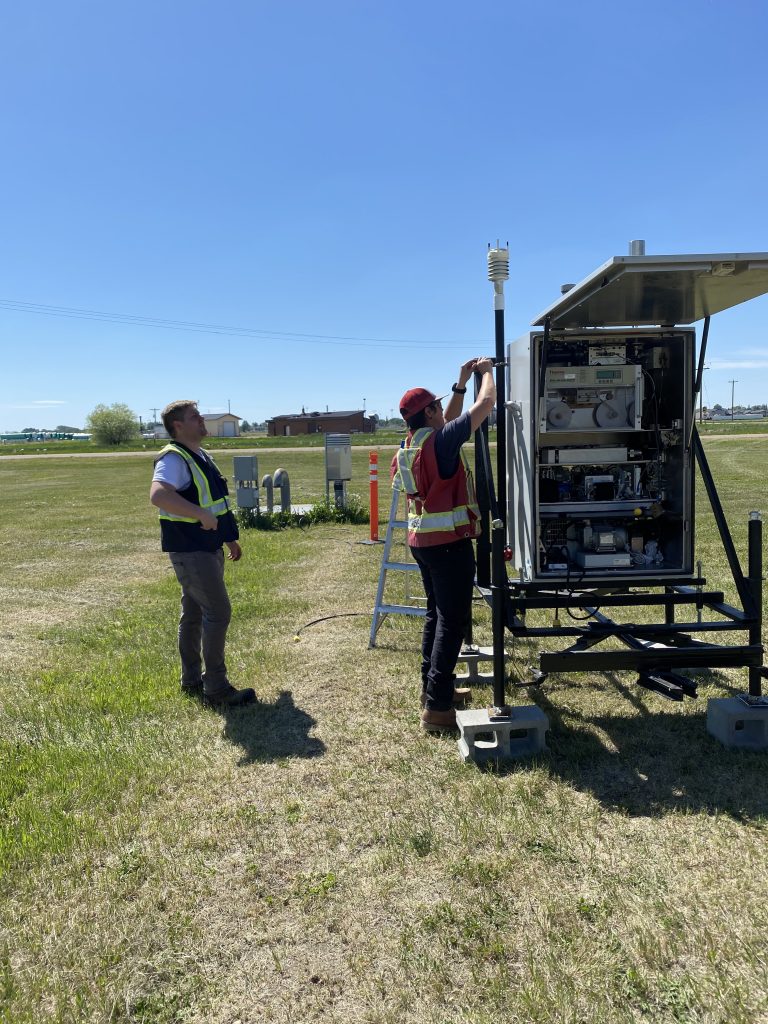
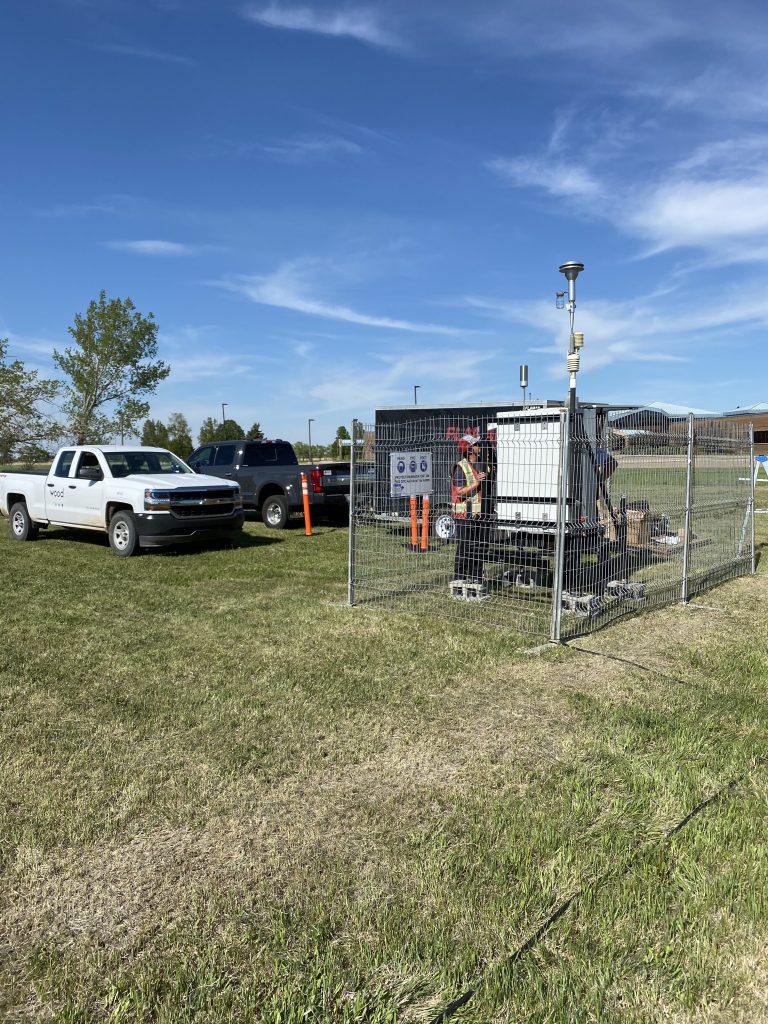
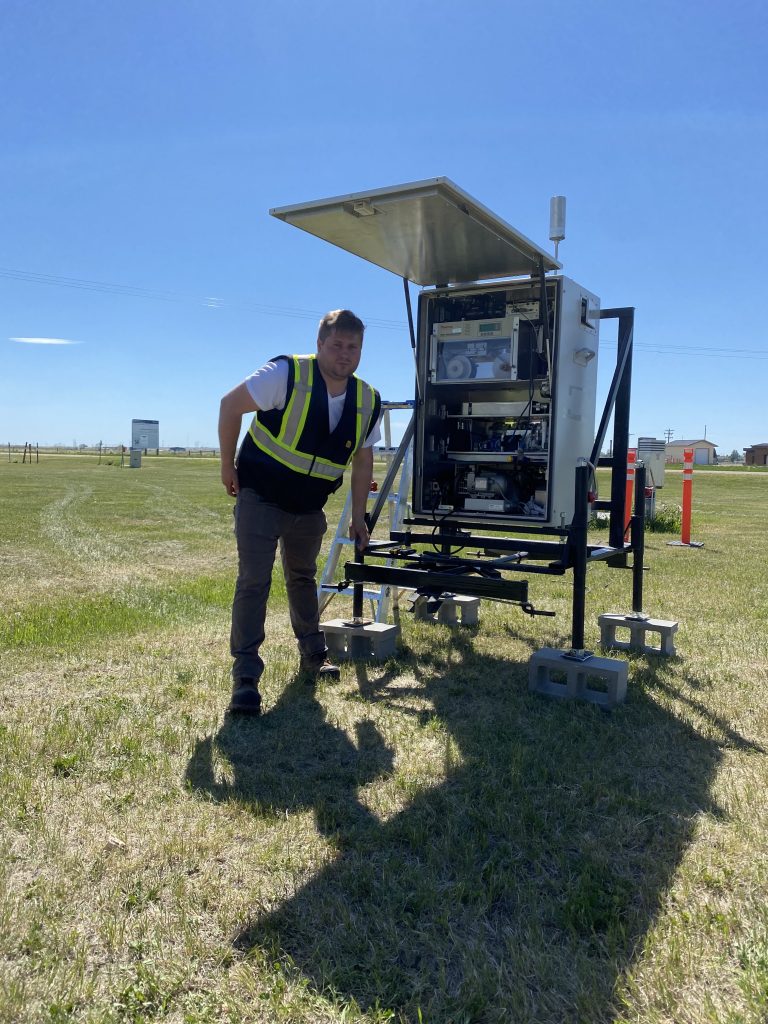
BROOKS MONITORING STATION
Clean air day (June 2nd) was celebrated in Brooks with the installation of a continuous monitoring station to provide AQHI to the area. The monitor can be seen at the Medicine Hat College Brooks Campus.
The airpointer portable monitor was generously supplied by Alberta Environment and Parks and will remain in Brooks for the next 18-24 months.
Thank you Medicine Hat College for providing the location and to BRK Rentals for helping us with the security fencing.
As always thank you to our members who provide the funding to operate this station.